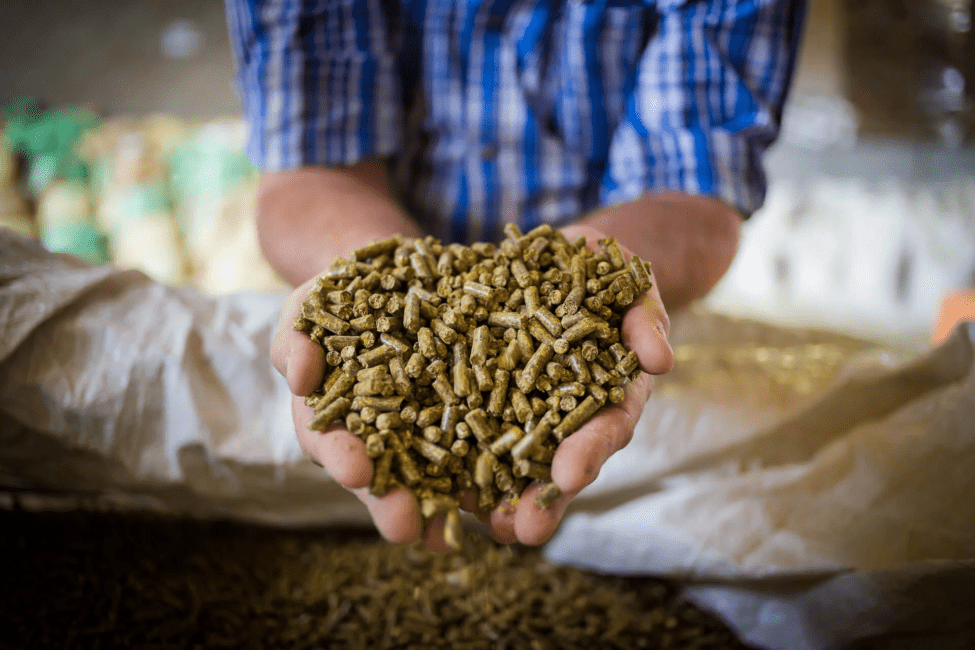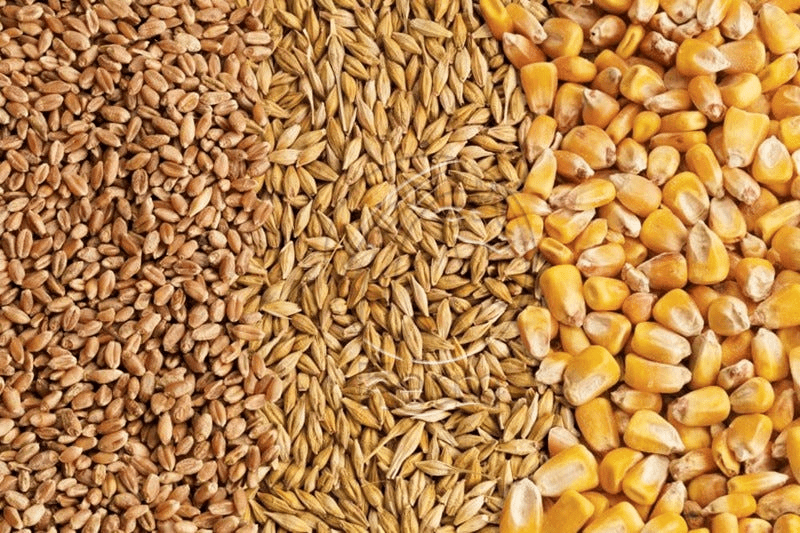Below are the proper ways of proper handling of animal feed raw materials; experts however believe that the ability of any nation to engage in the transformation of raw materials to finished goods significantly develops its economy.
Classification of Raw Materials
Raw materials needed for industrial use could be classified into four (4) major classes, namely:
1. Unprocessed Agricultural Products – these are usually in their natural state, like Cassava, Yam, Grains, Fruits, and Vegetables etc.
2. Semi-Processed Agricultural Products – they are in the form of dry cocoa beans, dry sugar, pasteurized milk, grain flour, cocoa mass, malted grains.
3. Finished Products – of a particular industry can serve as raw material or ingredient for another industry, e.g refined granulated sugar, starch, ascorbic acid, flavor, etc.
4. Bye –Products or Effluent – of an industry can serve as input for another industry, as molasses can be used for the production of alcohol and yeast, while the biscuit dust can be used for production of animal feed (livestock and fishery)
However, to facilitate a streamline presentation, the food industry can be divided in two major categories:
1. Milling Industries: Flour mills, Rice mills, Edible oil mills etc.
2. Processing Industries: Beverages, Cereal products, Dairy products, Confectionery, Fruit and Vegetable products, Meat and Poultry products.
Each of these can derive all tier of raw materials locally. The milling industries requires mainly agricultural products and the outputs are generally finished products offered for sale as domestic food items after suitable packaging.
There are three broad categories of raw materials available, they include; primary agricultural produce, secondary and tertiary raw materials.
Read Also: Problems of Animal Feedstuff Availability and Adulteration
Methods of Sourcing for Raw Materials
In sourcing, there is a general principle that most industries use. The aim of sourcing is to obtain the best quality raw materials at a most economical rate. The approaches used include direct, indirect or combination of the two.
1. Direct Source
This requires the establishment of raw material purchasing department in the industry, which is charged with the responsibility of getting the required raw material for the industry.
Where in-direct sourcing is used, the problem of monitoring specification of raw material can be reduced. This is because such quality specifications are built into the production system.
2. In-Direct Source
This is the opposite of direct source. When such materials have to be purchased, the raw material specifications must be given to the supplier.
Limitations and Constraints of Local Equipment

Many of the raw materials, especially seasonal ones such as Maize, Yam and Fruits are inadequate for industries due to the fact that they are used as staples and also due to low production from non-implementation of agricultural mechanization. This unavailability leads to instability of price.
The finishing of most of the locally manufactured equipment is/are of low quality, as a high percentage of fabrications depend on the untrained/uneducated fabricators.
Read Also: Animal Feed Milling Machineries and Equipment
Meanwhile, the range of equipment resolves round already known technologies around the world.
The prevalent unit cost of equipment, although cheaper than imported ones, is still too high with a resistant effect that only few can afford them.
The me too copy technological development characteristics of Japan, and Asian countries is bound to be greatly hampered with the non-availability or limited number of founding facilities and petrochemical products necessary for food processing and packaging equipment.
Stainless steel and aluminum, which are required for building food containing components of machines are not produced locally but imported.
Absence of pilot plant stage where the developed equipment could be evaluated for technical economic and operational feasibility under real condition make many attempts at equipment development a mere academic exercise.
Read Also: Traditional Solid Waste Disposal Methods






